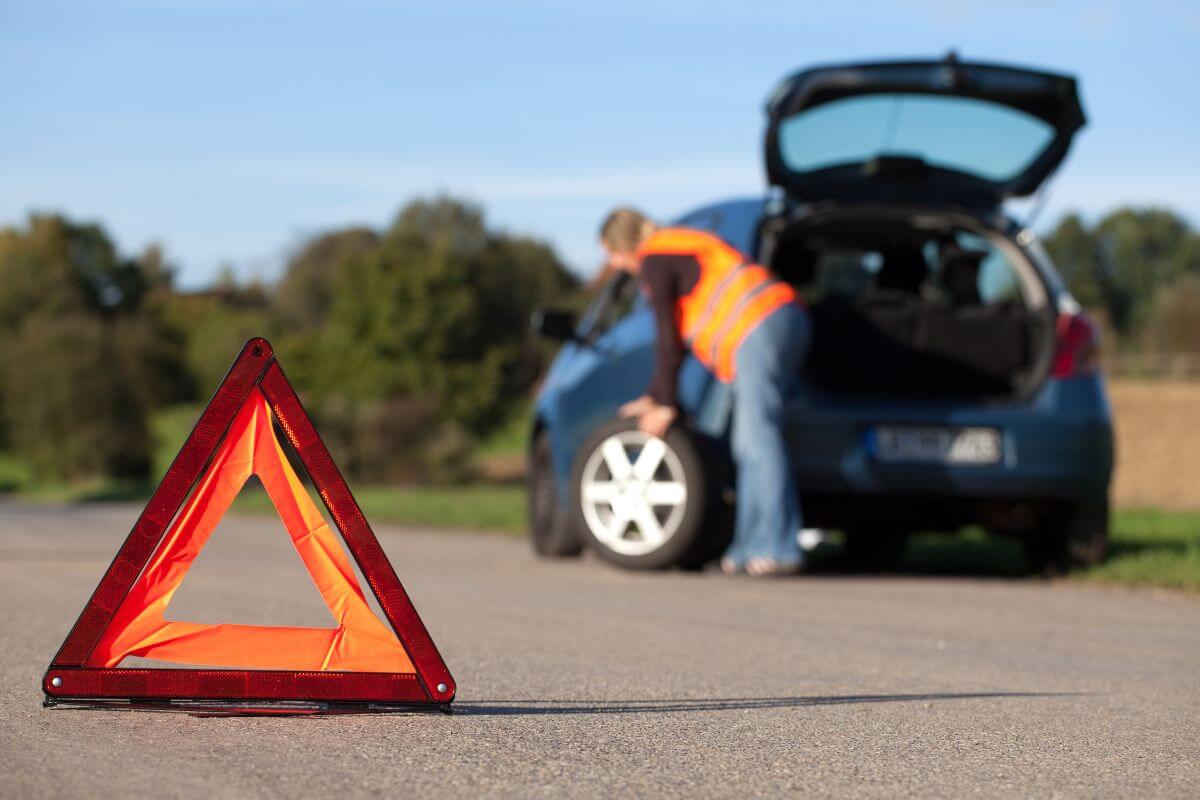How to Care for Your Tyres Before a Day Trip
Here’s how to look after the tyres on your car before a day trip, so you know you can trust in your four wheels, and they’ll take you where you need to go.

Driving around England for a day trip can be quite hard work if you hit long tailbacks on major roads, such as the M1 between London and Leeds, or the M4, which runs between Southeast England and South Wales. Sometimes, it is better to use alternative routes, such as the A413 through Buckinghamshire rather than the more common M40 or the A134 through East Anglia rather than the A12.
Whichever route you choose to take, however, your tyres will come in for some extra wear and tear compared to your usual commute or trips to the shops. Longer journeys should only be undertaken once you’ve confirmed your tyres are in a sufficiently good condition to get you there and back again. Remember that professional help is available all over the UK. Before you decide to purchase new tyres, though, there are some tips you should follow. Read on to find out more.
Visually inspect each tyre in turn
A thorough inspection of your tyres is a highly recommended first step before any day trip in your car. Look out for any visible signs of damage. These might come in the form of minor cuts, bulges or even slow punctures. These issues can result in sudden tyre failure, a blowout that would be hard to control at high speeds. Regular inspections of your car’s tyres can help you identify such issues early and prevent potential accidents. When embarking on a road trip, they are even more important.
Check your car’s spare tyre is operable
The condition of the spare tyre is often overlooked. However, it is just as important to ensure that the spare is in good condition and properly inflated as your other tyres. This is because you may need to rely on it unexpectedly, something that would be a hassle to sort out on a day trip when you’re many miles from home, of course.

Confirm tyre tread depth is legal
Tyre tread depth is crucial for safe driving and for being street-legal. You might find that your insurance isn’t even valid if you drive on tyres that have dropped below the legal threshold. In the UK, the minimum legal tread depth is 1.6 millimetres. Please note that this is the level you need to maintain across the central three-quarters of the tyre. If the tread depth is below this level, then your tyres need to be replaced before your day trip can start. Adequate tread depth is essential to maintain good grip on the road, particularly in wet conditions. It can significantly reduce the risk of aquaplaning, for example.
Check your tyres are correctly inflated
Tyre pressure plays a significant role in your car’s handling performance as well as how safe it is for the driver and his or her passengers. Each car has a recommended tyre pressure level which can be found in the owner’s manual. Under-inflated tyres will result in poor vehicle handling and increased fuel consumption, something you will obviously want to avoid on a longer-than-usual journey. Equally, over-inflated tyres can lead to faster tyre wear, especially in the middle of the tread as they tend to bow out at the side. This makes them more prone to damage from road imperfections, such as potholes.

Look out for uneven wear
Uneven tyre wear can be a sign of more than one issue. Even if your tyres have sufficient tread left, uneven wear could indicate improper tyre inflation, wheel misalignment or problems with the car’s suspension system. If you leave these matters unaddressed on your trip, then it could easily lead to the need for a tyre replacement sooner than would otherwise have been the case. In addition, uneven tyre wear is likely to be associated with reduced fuel efficiency, compromised vehicle handling or both. Have your tyres and wheel tracking inspected by a professional if you notice uneven tyre wear. For example, you can book your appointment for a tyre replacement in Buckinghamshire at Broadway Autocentres.
Consider rotating your tyres
Tyre rotation is a preventive maintenance routine that can help extend the life of your tyres. Depending on the type of car you have, tyres may wear at different rates. Rotating them helps ensure even tyre wear, thereby extending their lifespan and improving vehicle safety. The frequency of rotation can depend on factors like driving style and the types of roads you most frequently drive on. Get into this habit long before you embark on your day trip, though.
Remove trapped debris

Finally, debris lodged in the tread of a tyre might seem innocuous enough, but items that don’t work themselves free can potentially cause further damage, ultimately leading to tyre failure. Small stones, glass, nails or other sharp objects, like thorns, can work their way into the tyre under the pressure of driving. Deal with them before you start your day trip so that you’re not caught out by them on the road.
- 4 Tips for Setting Up Your Own Travel Blog - 1 July 2024
- 5 Apps to Help with Day Trips in the UK - 9 May 2024
- 5 Tips for Setting Up an Airbnb in the UK - 19 March 2024




